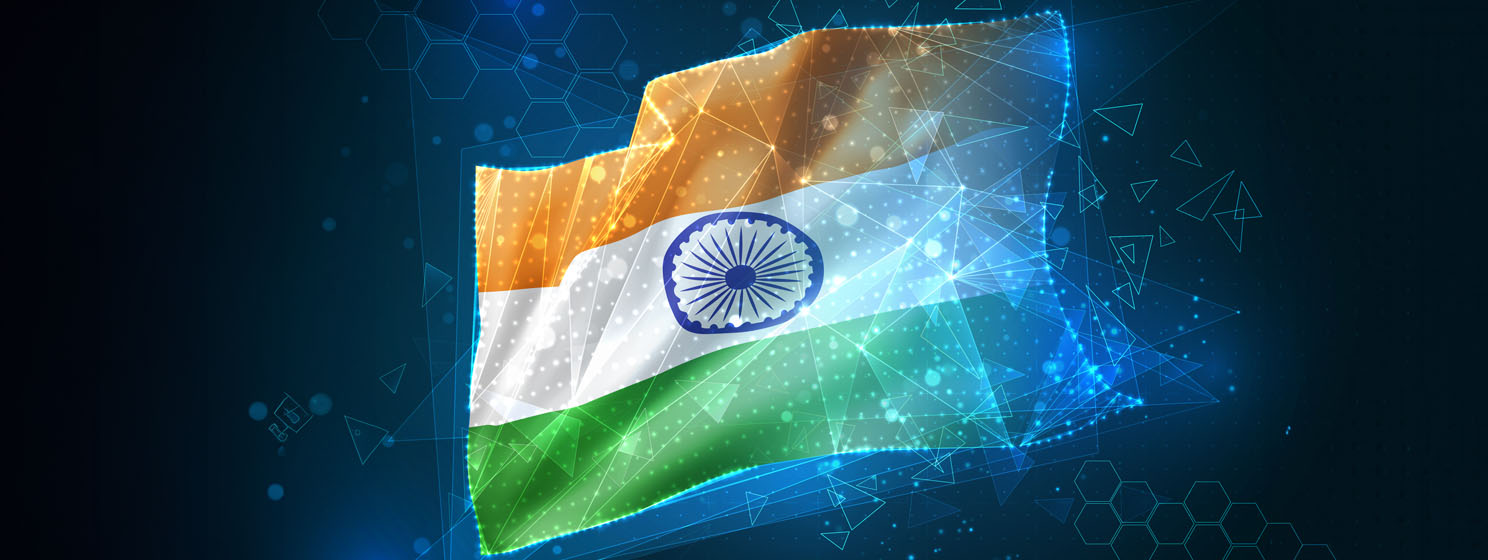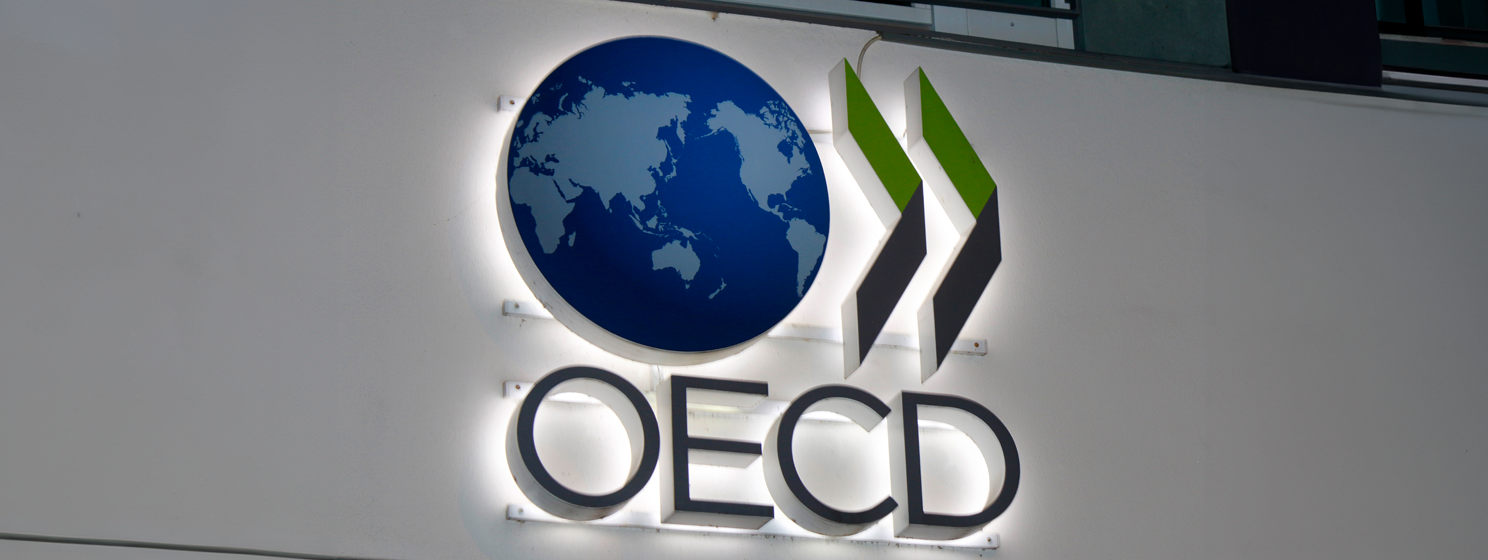|
Getting your Trinity Audio player ready...
|
India’s finance minister, Nirmala Sitharaman, remained silent on regulation as well as reduction of taxation on digital assets as she presented the Union Budget 2025-2026 in Parliament on February 1.
India’s digital asset sector was seeking a more supportive regulatory environment. The existing policy, which includes a 30% tax on profits and a 1% Tax Deducted at Source (TDS) on transactions, has negatively impacted the digital currency sector, driving traders to offshore platforms and decreasing liquidity and market activity.
This Union Budget was particularly crucial, as digital asset exchanges in India may face consolidation in 2025. Smaller exchanges could either shut down or merge with larger ones due to the challenging tax structure.
“The Union Budget swept in with the promise of transformation but left the Web3 industry reeling with a slew of unfulfilled expectations and bureaucratic indifference,” Raj Kapoor, founder of India Blockchain Alliance (IBA), told CoinGeek.
“Industry leaders had anticipated a bold regulatory framework that would unleash innovation and attract investment into the dynamic world of blockchain and cryptocurrencies. Instead, they were met with deafening silence—no guidelines, no clarity, just the same opacity that continue to stifle progress,” Kapoor added.
According to Sumit Gupta, co-founder of CoinDCX, India is pushing digital transformation through central bank digital currencies (CBDCs), artificial intelligence (AI), and Digital Public Infrastructure (DPI), but lacks a clear stance on Web3 and virtual digital assets.
“Despite blockchain adoption, crypto remains absent from the policy discussion. Crypto and Web3 are becoming an active part of policy discussions globally, specially in the US, and we need active policy discussions to be included in mainstream economic planning in India,” Gupta said on X.
In July 2024, CoinDCX, India’s first digital currency unicorn, listed the BSV token for trading on its platform, allowing users to have more ways to buy, sell, and trade BSV.
“As digital assets and regulations continue to evolve globally, it is crucial for India to strike the right balance between regulation and growth. As the country works on the discussion paper for crypto policy, the industry is looking towards constructive policy discussions that can position India as a leader in the Web3 economy driving both economic growth and technological progress, rather than an observer,” Edul Patel, co-founder of Mudrex, a fintech startup, said in an emailed statement.
Boosting startups, entrepreneurship
While the government is indifferent to digital assets trading, it is reinforcing its support for startups and micro, small, and medium enterprises (MSMEs) with significant initiatives in Budget 2025-2026. India announced roughly $1.2 billion in funding for startups in this budget.
A new scheme will also be introduced for 500,000 first-time entrepreneurs, including women.
“A DeepTech fund of funds will be explored to catalyze the next generation startups,” Finance Minister Sitharaman said in her Budget speech.
In July 2024, Sitharaman abolished the ‘angel tax’ to bolster entrepreneurial spirit and support innovation. The angel tax treated investments received by startups from external investors as “income from other sources” and levied a 30% taxation on them. Often short of funds, startups tend to lose money as angel tax would require them to share a significant part of the investment towards paying taxes.
“The government’s bold creation of a Central Deep Tech Fund promises to be the wind beneath the wings of blockchain innovators,” Kapoor said.
“This fund will pour financial lifeblood into emerging technologies, including the much-vaunted Web3, providing the resources to turn visionary ideas into market-shaping realities. The budget commits to massive investments in infrastructure, ensuring that the digital backbone of the nation is robust enough to support the growth of Web3 startups,” Kapoor added.
According to Sanjay Budhia, managing director of Patton Group, a government-recognized export house, “The new classification criteria for MSMEs and steps to improve access to credits for MSMEs and startups will boost manufacturing prowess and improve export competitiveness.”
Three Centres of Excellence in artificial intelligence
“I had announced three Centres of Excellence in artificial intelligence for agriculture, health, and sustainable cities in 2023. Now a Centre of Excellence in Artificial Intelligence for education will be set up with a total outlay of Rs 500 crore ($57.6 million),” Sitharaman said in her Budget speech.
According to Avinash Shekhar, co-founder and chief executive of Pi42, a digital currency derivatives platform, the proposals made by the government in the current Union Budget are futuristic, with significant emphasis on innovation and new-age technologies such as artificial intelligence (AI).
“The fact that India’s future lies in disruptive technologies is well acknowledged. Emphasis on integrating technology across multiple levels of curriculum and education system clearly signals that the government wants the future workforce to be better equipped with all the tech know-hows,” Shekhar said in an emailed statement.
Sitharaman also announced that five National Centres of Excellence for skilling will be set up with global expertise and partnerships to equip India’s youth with the skills required for “Make for India, Make for the World” manufacturing. The partnerships will cover curriculum design, training of trainers, a skills certification framework, and periodic reviews.
‘BharatTradeNet’
The Budget 2025-2026 announced a digital public infrastructure called ‘BharatTradeNet’ (BTN). It is expected to simplify international trade procedures and function as a comprehensive platform for trade documentation and financial services. BTN will be designed based on global best practices, aiming to ease Indian businesses’ involvement in global trade by minimizing paperwork, enhancing transparency, and improving access to financing.
“Our economy is the fastest-growing among all major global economies. Our development track record of the past 10 years and structural reforms have drawn global attention,” Sitharaman said in her speech.
“Confidence in India’s capability and potential has only grown in this period. We see the next five years as a unique opportunity to realize ‘Sabka Vikas‘ (holistic welfare), stimulating balanced growth of all regions,” she added.
In July last year, India said it intends to integrate artificial intelligence technology into digital public infrastructure to improve efficiencies and redefine the country’s digital ecosystem. India’s DPI includes a Unified Payments Interface (UPI) public platform and Aadhaar, touted as the world’s largest biometric identification system.
“The formation of “Bharat Trade Net” (BTN) as a digital public infrastructure for trade documentation and financing solutions in international trade is a welcome move. It will streamline cross-border transactions, enhance transparency, and reduce processing time, thereby improving overall efficiency in international trade,” Budhia of Patton Group said in an emailed statement.
Efforts to strengthen domestic manufacturing capabilities
India aims to reduce dependence on imports. Prime Minister Narendra Modi has set ambitious targets to grow the electronics sector from $155 billion to $500 billion by 2030 as part of the country’s broader push to achieve self-sufficiency in manufacturing.
“There are huge opportunities related to Industry 4.0, which needs high skills and talent. Our youth have both. Our government will support the domestic electronic equipment industry to leverage this opportunity for the benefit of the youth,” Sitharaman pointed out in her Budget speech.
The finance minister said efforts will be made to strengthen domestic manufacturing capabilities to better integrate India’s economy into global supply chains. Specific sectors will be chosen based on clear, objective criteria. Facilitation groups, including senior officials and industry leaders, will be established to focus on select products and supply chains.
India will introduce a National Manufacturing Mission encompassing small, medium, and large industries to promote the “Make in India” initiative. This mission will offer policy support, implementation roadmaps, and a governance and monitoring framework for both central ministries and provincial governments.
“The proposed national framework to be formulated as guidance to states for promoting Global Capability Centres (GCCs) in emerging tier-2 cities, supporting domestic electronic equipment industry and forming facilitation groups for select products and supply chains will help [Indian] economy’s integration into global value chains,” Budhia of Patton Group said.
Global Capability Centers (GCCs) are offshore centers established by multinational corporations to provide various services to their parent organizations. GCCs in India provide services like research and development, IT support, and business process management. India hosts 55% of the world’s GCCs, with numbers increasing from 1,250 in 2017-19 to a projected 1,900 in 2023-25.
“The proposed export mission to improve export credit, cross-border factoring support, and support to MSMEs to tackle non-tariff measures in overseas markets are welcome moves and would surely help India to achieve its target of $2 trillion exports by 2030,” Budhia added.
Future bright for blockchain, AI, tokenization
“The government’s emphasis on artificial intelligence as a key pillar for future growth stands out. By increasing funding for AI research, providing incentives for AI-based innovations, and integrating AI into governance and public services, the Budget sets the stage for India to become a global AI leader. This is in line with Union IT Minister Ashwini Vaishnaw’s recent statement of India’s plan to develop its own generative AI model,” India Blockchain Association’s Kapoor told CoinGeek.
This heightened focus will accelerate AI adoption across various industries, especially in blockchain and tokenization projects, where AI can improve efficiency, accuracy, and scalability.
Additionally, Kapoor said the government’s plan to enhance digital infrastructure will be crucial in enabling the widespread use of blockchain and tokenization. Investments in better connectivity and secure digital systems will create a solid foundation for blockchain solutions to flourish. Furthermore, supporting deep-tech startups, including those working on blockchain, will drive innovation in tokenizing assets like real estate, commodities, and intellectual property. Tokenization, which depends on secure and scalable blockchain networks, will benefit from these infrastructure upgrades and government incentives for deep-tech enterprises.
In a progressive move, the government declared its unwavering commitment to adopting blockchain technology in the public sector, Kapoor said. Incorporating financial incentives into blockchain-based solutions signals a significant shift towards a regulatory environment that not only supports but actively promotes the growth of decentralized technologies.
“The government’s implementation of central bank digital currencies and other blockchain-driven initiatives acts as a strong endorsement of the transformative power of blockchain and tokenization, poised to revolutionize industries from finance and logistics to governance,” Kapoor explained.
“I truly believe that these bold moves are not mere policy announcements; they represent a calculated push to align India as the epicentre of blockchain, tokenization, and AI. With the government’s hands-on approach providing the perfect ecosystem for innovation, India is gearing up to become the global launchpad for the next generation of decentralized technologies,” Kapoor added.
Watch: Exploring use cases for blockchain in India

 12-15-2025
12-15-2025 





